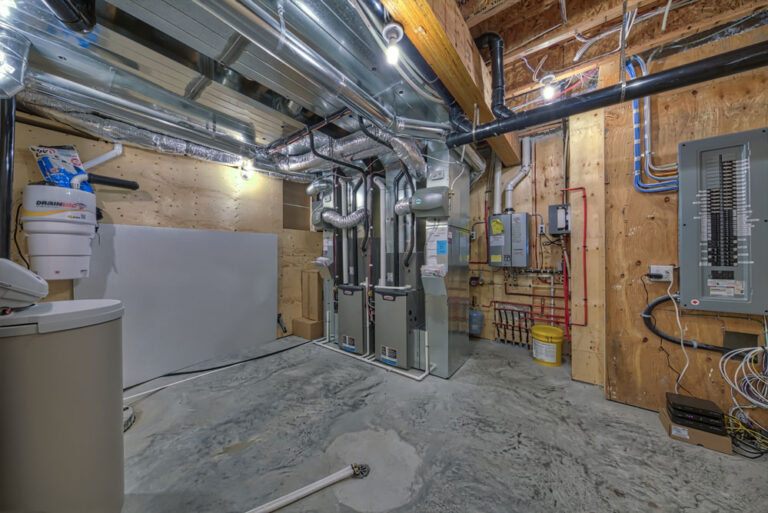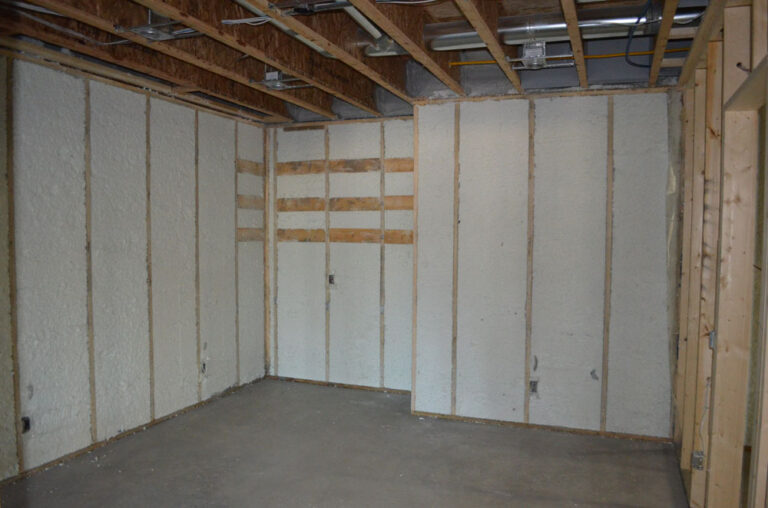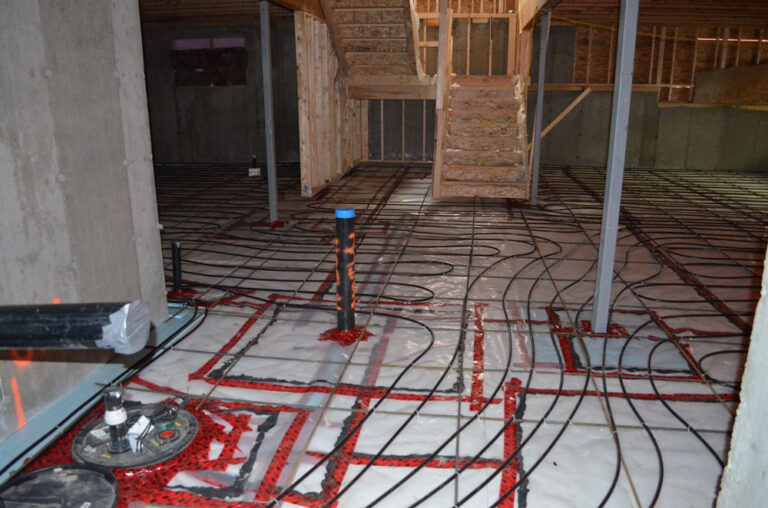Hillson Homes has been designing and building high performance, energy efficient homes since 2008
A high performance, energy efficient home is not your everyday home, and is certainly more than the sum of it’s parts. There is a lot of building science which goes into making a home healthy, quiet, comfortable and energy efficient.
What makes up a high performance home, energy efficient home?
The simple answer, everything
A high performance home must be viewed from a holistic standpoint. Whether one is trying to achieve a specific rating such as EnerGuide, LEED For Homes, Passive House (Passivhaus) or another objective, everything must be considered. From the foundation and structure to the building envelope, mechanical systems, finishes, waste reduction and even the price and marketability.
There are many advantages beyond lower energy bills when you construct a high performance, energy efficient home. These include a healthier, quieter and more comfortable interior environment for your family. Cold spots or uneven heating will be a thing of the past.
At Hillson Homes, we include a multitude of features and practices which increase a home’s comfort and energy efficiency for often, little or no additional cost. By considering and paying attention to these small details, our homes are naturally more energy efficient and durable.
Planning
It all starts with a plan
Regardless of the extent of the home’s energy efficiency and it’s components, everything starts with a plan and should involve the right team from the onset. These members should include the Builder, Architectural Designer, Interior Designer, Engineer and a Certified Energy Advisor. Proper planning ensures that the home’s performance is optimized and will meet the needs and expectations of its inhabitants. The home and project must be considered holistically to ensure that no detail is overlooked.
Confirming The Home's Performance
Certain steps and tests are required
In order to quantify how a house performs, there are certain steps and tests which must be undertaken. To begin with, a rating or certification program must be selected. This can be one or more of EnerGuide, LEED for Homes, Passive House (Passivhaus), Built Green and R2000.
Through the use of a third-party Certified Energy Advisor, the home’s energy efficiency is first modeled during the planning stage which allows for fine-tuning of its performance. At the end of construction, the home is tested and verified, which results in a quantitative rating or certification of how well the home performs.



